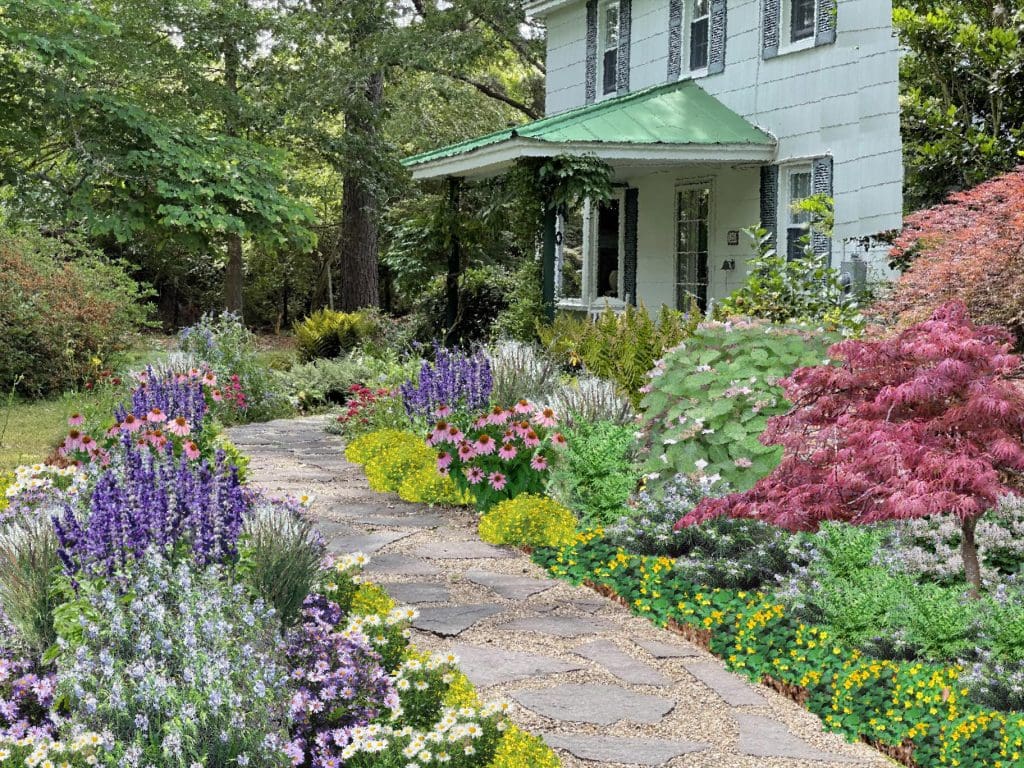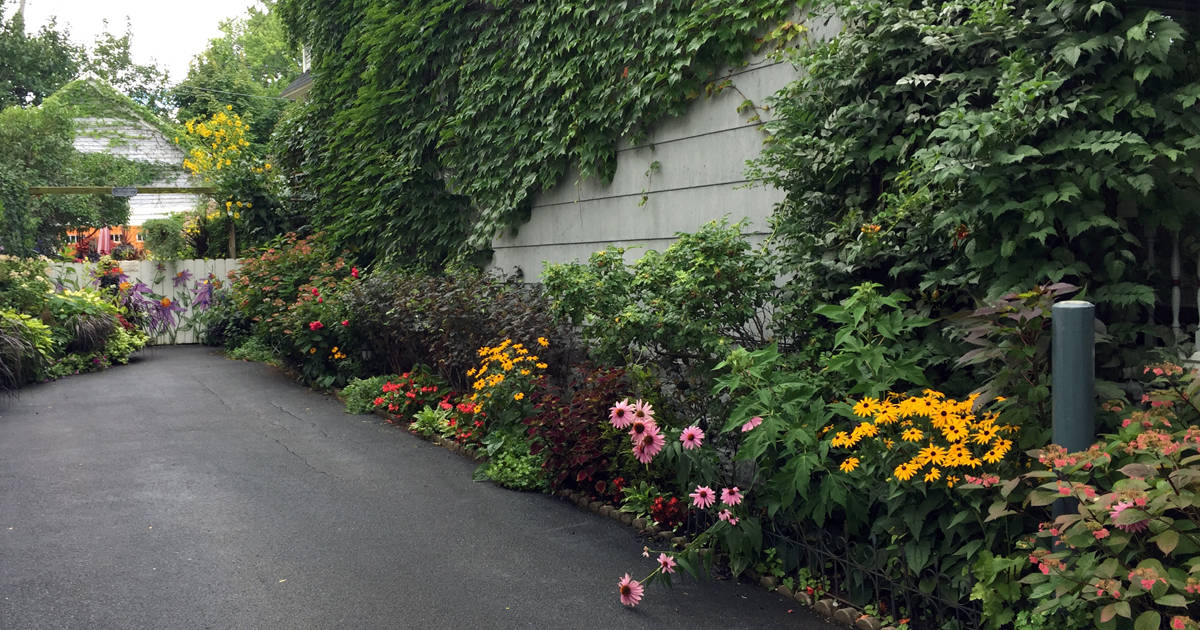An Unbiased View of Hilton Head Landscapes
An Unbiased View of Hilton Head Landscapes
Blog Article
Not known Factual Statements About Hilton Head Landscapes
Table of ContentsThe Ultimate Guide To Hilton Head Landscapes6 Easy Facts About Hilton Head Landscapes ExplainedUnknown Facts About Hilton Head LandscapesThe Only Guide for Hilton Head LandscapesThe Best Guide To Hilton Head LandscapesThe Basic Principles Of Hilton Head Landscapes The Only Guide for Hilton Head Landscapes
Line creates all kinds and patterns and can be utilized in a range of methods the landscape. Line in the landscape is produced by the edge in between two materials, the rundown or silhouette of a kind, or a lengthy direct feature. Lines are an effective tool for the developer because they can be utilized to produce a boundless range of shapes and forms, and they regulate movement of the eye and the body.

Lines can have one or even more characteristics, such as those described listed below, yet they typically serve different purposes. Figure 1. Lines in the landscape - bluffton landscaping. The homes of lines determine exactly how people react to the landscape, both mentally and literally. Straight lines are architectural and powerful; they create a formal personality, are generally associated with an in proportion style, and lead the eye straight to a centerpiece.
Top Guidelines Of Hilton Head Landscapes
Straight lines are most typically located in hardscape sides and material. Curved lines develop an informal, natural, relaxed character that is linked a lot more with nature and asymmetrical equilibrium. Rounded lines relocate the eye at a slower pace and add secret to the room by creating covert views. Vertical lines move the eye up, making a space really feel bigger.
Vertical lines in the landscape include high, slim plant product, such as trees, or tall frameworks, such as an arbor or a bird residence on a pole. Straight lines move the eye along the ground plane and can make a room feel larger. Low lines are extra restrained and produce a feeling of remainder or repose.
The Ultimate Guide To Hilton Head Landscapes
Low lines are developed by low yard wall surfaces, pathways, and brief hedges. Lines are used to draw kinds on a plan. In plan sight, they define plant beds and hardscape areas. Lines are additionally created by the upright types of built attributes and plant material. There are 3 primary line types that develop form in the landscape: bedlines, hardscape lines, and plant lines.
Bedlines connect plant material to your house and hardscape because the eye follows the line, moving the stare via the landscape. Hardscape lines are developed by the side of the hardscape, which delineates the developed structure. Line can also be developed by lengthy and narrow materials, such as a fencing or wall.
Hilton Head Landscapes for Dummies
Kind is located in both hardscape and plants, and it is commonly the leading visual aspect that spatially organizes the landscape and commonly establishes the design of the yard. The form of structures, plant beds, and yard accessories also establishes the total kind style of the yard. Formal, geometric types include circles, squares, and polygons.
Plants create form in the yard via their outlines or silhouettes, however form can also be specified by a space or negative space between plants - hilton head landscapers (https://dc-washington.cataloxy.us/firms/www.hiltonheadlandscapes.com.htm#google_vignette). Circles can be complete circles, or they can be separated right into half circles or circle sections and combined with lines to create arcs and tangents
All About Hilton Head Landscapes
Circles can additionally be stretched into ovals and ellipses for even more range and interest. Circles are a solid style kind because the eye is constantly drawn to the facility, which can be used to stress a centerpiece or attach other kinds. Figure 2. Circular kinds in hardscape and lawn panels.
The square type can likewise be fractional and pre-owned repeatedly to develop a grid pattern. Unlike circles, squares are more powerful on the edges, which can be lined up or overlapped to create one-of-a-kind patterns and even more complex forms.
Twisting lines often imitate the all-natural training course of rivers or streams and can be described as smooth lines with deeply curved wavinesses. Meandering lines (Figure 3) function well for paths, plant bedlines, and completely dry stream beds. Twisting lines can include passion and mystery to a garden by leading customers around edges to find brand-new sights and rooms.
The Only Guide for Hilton Head Landscapes

Common redirected here plant kinds are well developed and standard, as form is the most constant and recognizable feature of plants. Form can additionally be developed with the massing of plants, where the total mass produces a various type than an individual plant.
A very contrasting kind needs to be made use of with careone or more job well as a focal point, however way too many wreak havoc. Natural plant kinds, rather than over-trimmed kinds, should establish the mass of the make-up. The significance of total form is essentially based on the watching perspectivethe type of a tree can show up fairly different to a person standing under the cover versus watching the tree from a range in an open field.
The Facts About Hilton Head Landscapes Uncovered
Plant forms likewise develop and specify the void or open spaces between the plants, creating either convex or scooped types in the voids. High-arching tree branches generally create a concave open area under the branches, and a round canopy with reduced branches fills up the space to create a convex type outdoors area under the tree.

Report this page